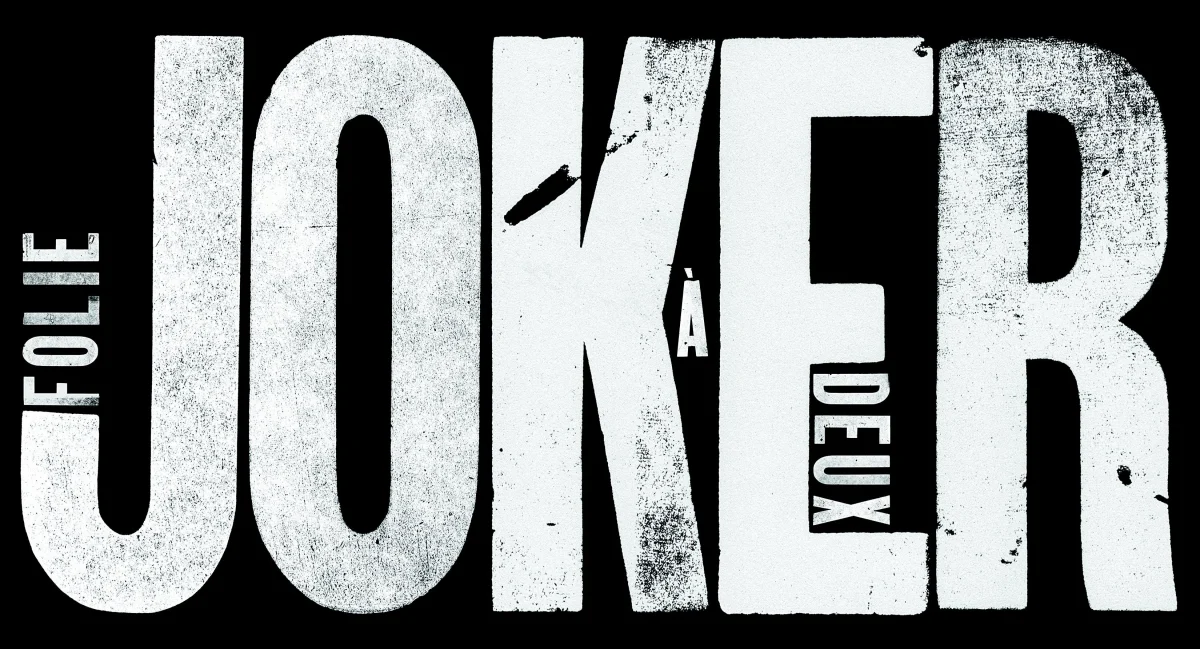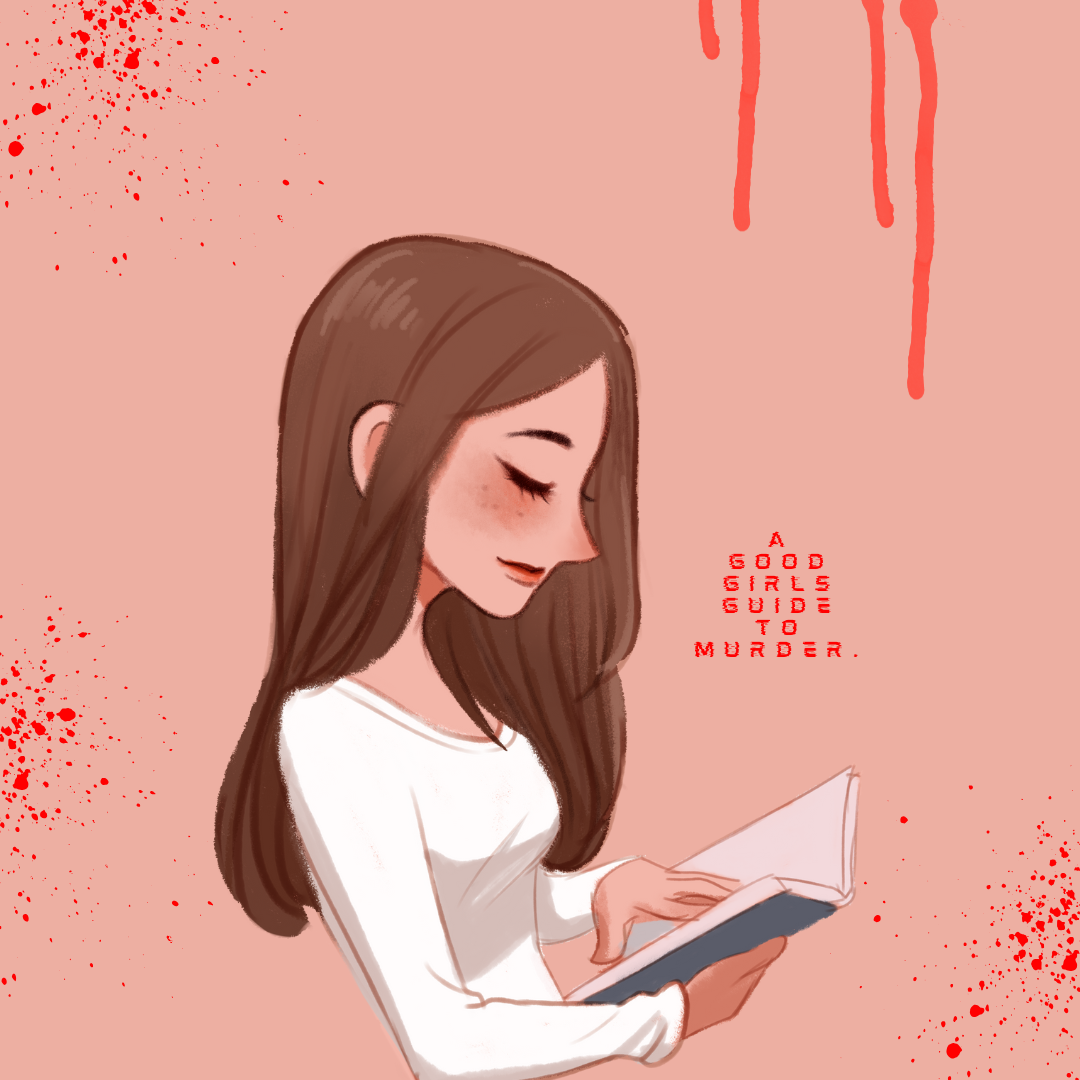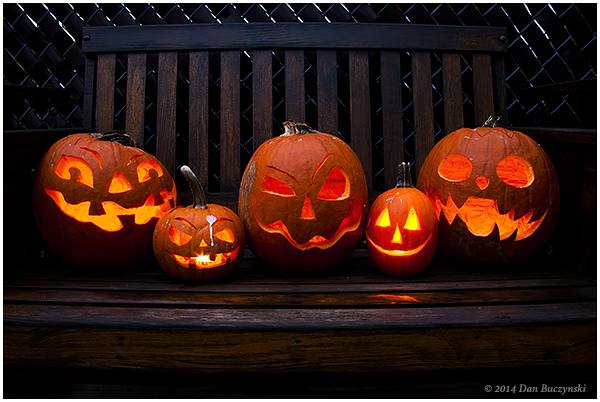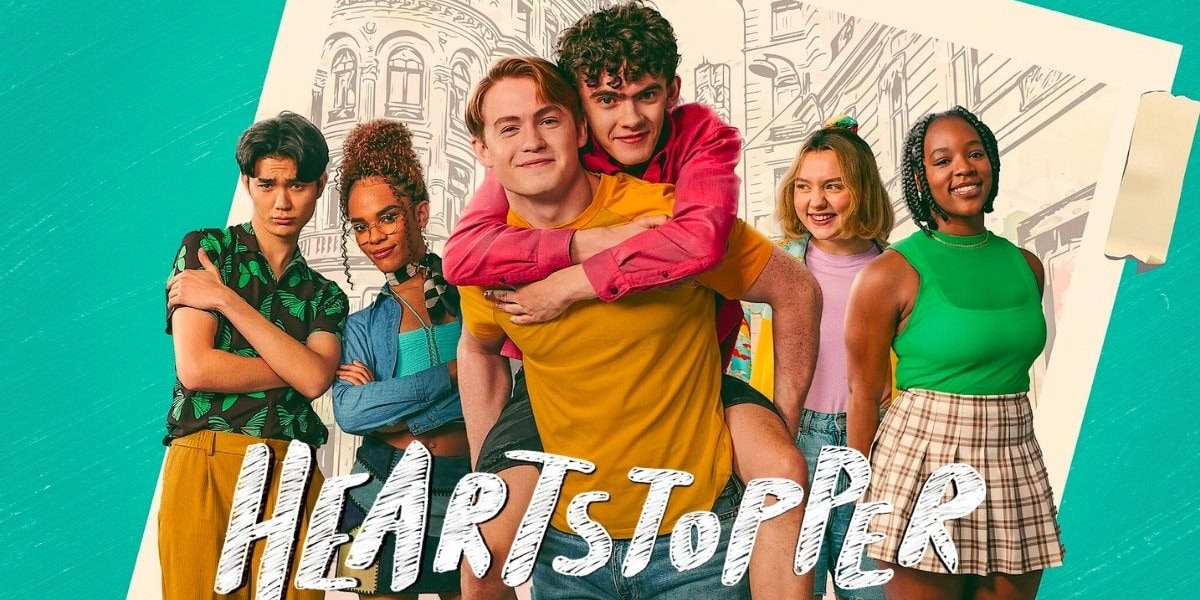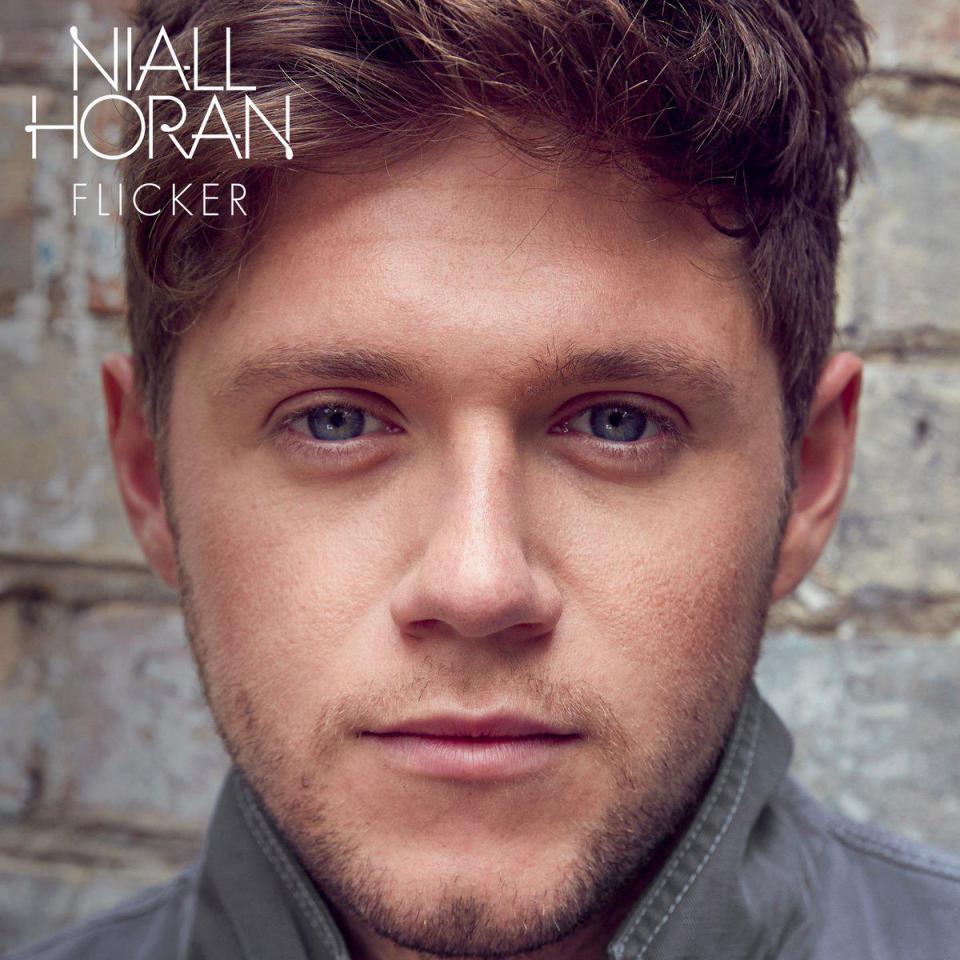
Flicker is Niall Horan’s first solo album after leaving One Direction. (El Brodie)
By TIANA CANTU
Staff Writer
Niall Horan debuted his solo album Flicker after each member in One Direction began to release music as a solo artist. The One Direction hiatus began in December of 2015 each former band member released music that would separate them from their “boy-band” image. While that was heartbreaking to all devoted Directioners like myself, I was interested to see what style each band member had individually.
When the band first split, I was unnerved at the thought of Harry Styles taking all of the fame, leaving Niall Horan, Louis Tomlinson and Liam Payne without any success. However, that actually has not been the case. Since Horan’s release of his first single, “This Town,” it has sprinted to the number one spot on Billboard’s Top 100 in less than a week. His follow up track “Slow Hands” reached number one on Billboard’s Top 100 chart, in addition to number one on iTunes and Spotify charts.
Horan’s style would be considered somewhat of “pop-folk” as he focused on making this album very vulnerable with mostly soft tones and acoustic guitar, with high influences from Fleetwood Mac and The Eagles. Horan eventually became friends with Don Henley, the lead singer of The Eagles, and he actually contributed a few guitar riffs on the album.
The album consists of thirteen songs, ranging from perfect road-trip tunes to songs that need to be turned all the way up. I personally really enjoy the “pop-folk,” “singer-songwriter” vibe that is prevalent throughout the entire album, but I know that the title of the genre is discerning at first thought. If that is the case, just listen to a few songs because while it may be under the “pop-folk” category, it is so much more diverse than that. When an artist is considered “folk” audiences automatically assume to hear a banjo and a tambourine, however that is a major misconception. “Folk” would be closer to Mumford and Sons and further from the idea of a banjo. The beauty in Flicker is that it is not strictly one genre, with Horan being “pop-folk,” then is an added amount of more popular melodies that are widely present in the Top 40 Hits of today. Therefore, Horan can appeal to audiences of “pop” and of “folk” as he combines the two, while opening the eyes of his listeners to reconsidering their assumptions of “folk.” The diversity in all of the songs is something that I think is really rare for artists today to be able to execute, but Horan definitely succeeded.
Some of my favorite tracks were “Seeing Blind” and “Paper Houses.” In “Seeing Blind,” he features Maren Morris, as they duet in a beautiful song that displays the love between two people. The blend between their voices hones the listener into hearing not only what they are trying to say, but what they are feeling. As for “Paper Houses,” I just cannot get it out of my head. I think it was because the song goes from fairly mellow tune to this powerful chorus that instantly made me say “wow, I love this.” This album is a pivotal part in Horan’s solo career, and he did not disappoint.
Fans are all swooning over Horan’s romantic side that has come out. In his hit song “This Town,” Horan sings “If the whole world was watching I’d still dance with you/ drive highways and byways to be there with you.” However, the only downfall would be that most of the songs are strictly about love. I understand that maybe that was what Horan felt he could delve into the most, but I wish he would have made them about something more. Do not get me wrong, Horan executes them beautifully, but he could have gone down a more unexpected path by maybe creating songs about finding himself, finding his new path through this new career he is embarking on. It is somewhat of a paradox because each song is so different in the sense that they do not sound alike, but are at the same because their meanings are exactly alike.
In Horan’s Apple Music documentary, On the Record: Flicker, he commented that his favorite song was the one that sparked the title of the album, Flicker. He confessed that when he began recording that song he was so overwhelmed with emotion that it was difficult to continue recording. The producer eventually told him to take a break, to which Horan then noticed the entire studio was getting emotional, which was when he knew that song was the most powerful to him.
I think that situation perfectly interprets the entire album. To think that a group of artists all needed a break because they all felt some sort of overwhelming connection within the song shows the delicacy as well as vulnerability the singer-songwriter exposed when writing each track. Horan has definitely broken away from the pop star image that the boys of One Direction were given and has evolved into an artist of his own. As said in the song “Paper Houses,” he has “learned to breathe on [his] own.”
Flicker is available everywhere, and his documentary is available for free through iTunes where it currently has a rating of 4.5 out of 5.



